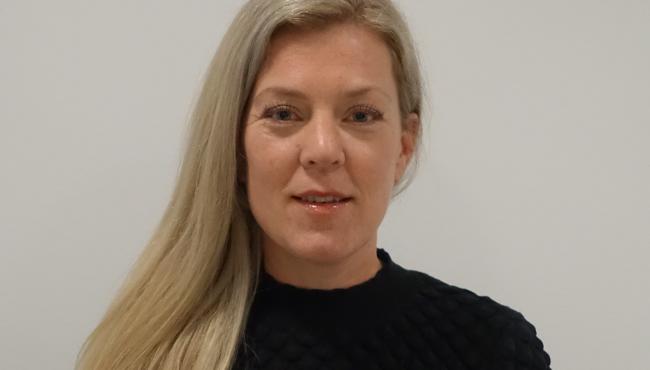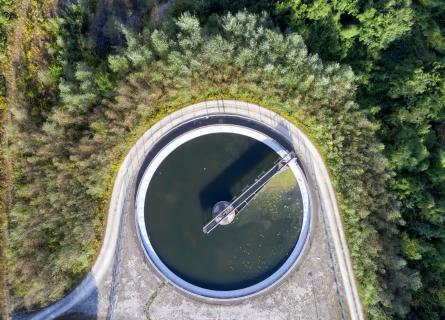
Noise, air & water modelling
AFRY’s environmental modelling
At AFRY, we use advanced modelling technology to minimize noise and emissions in air and water
Industrial activities, energy production and construction produce emissions and noise, and their impacts needs to be monitored and minimized. In order to understand and forecast them, we use state-of-the-art methods and tools to provide our clients with accurate information for their decision making.
The environmental impacts can be estimated using modelling. Carried out by our experts, the modelling gives a picture of the range and levels of emissions, and enables us to view different scenarios, thus revealing the potential development needs in environmental protection. As the impacts on health and environment can be assessed, the results give insights for land use planning and operating the plant.
We always choose the methods and tools used based on the project characteristics and client’s needs. Our modern methods such as 3D modelling can be used in various demanding cases, for instance to find out the effect of effluents or water. We have utilized 3D hydrodynamic models in various projects, including metal mine effluents, elevated road construction, paper and pulp industry emissions, and thermal releases.
A typical application of a 3D hydrodynamic model is an assessment of a new or modified discharge to the state of the target water body, performed as a part of an environmental impact assessment process or water permit application. 3D models are required especially in locations where the water flow is not self-evident, such as on large lakes and in coastal areas. Another problem, well suited for 3D modelling, is the spreading of saline waste waters in fresh water lakes.






